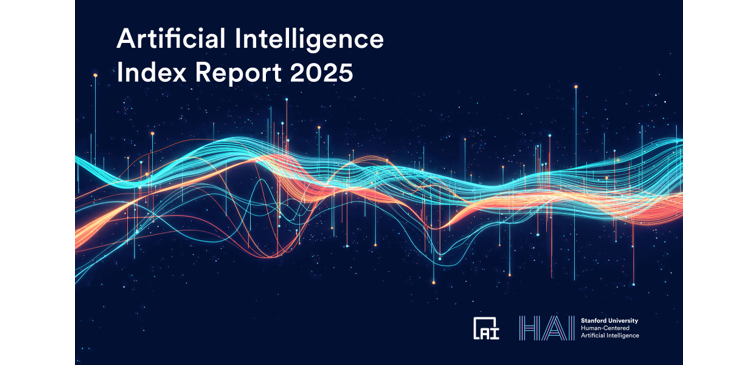Storage class memory (SCM) represents a significant advancement in the realm of memory technologies, merging the advantages of DRAM and NAND flash to bridge the gap between traditional memory and storage solutions. This innovative approach enables faster data access and persistent storage capabilities, catering to the dynamic needs of modern data centers and enterprise applications.
What is storage class memory (SCM)?
Storage class memory is a cutting-edge memory technology that integrates features of both dynamic random access memory (DRAM) and non-volatile NAND flash memory. SCM provides data persistence similar to NAND flash, while also delivering access speeds that rival DRAM. This hybrid technology enables systems to efficiently manage data workloads, optimizing performance and reliability in diverse computing environments.
Definition of SCM
SCM combines the high-speed characteristics of DRAM with the persistent storage benefits of NAND flash memory, offering a unique solution for data retention needs. As such, it serves as a vital component in high-performance computing systems, ensuring that data remains accessible and intact even in power-loss situations.
Performance attributes
SCM exhibits several key performance attributes that set it apart from traditional memory solutions. These include:
- Non-volatile nature: Unlike DRAM, SCM retains data even when the power is turned off.
- Speed capabilities: SCM significantly outpaces conventional storage options like hard disk drives (HDDs) and solid-state drives (SSDs), allowing for faster data access.
- Durability and reliability: SCM ensures enhanced data integrity compared to conventional memory types.
Importance of SCM in data centers
SCM plays a crucial role in data centers, where high-performance storage solutions are essential for managing large-scale operations and data-intensive workloads. The integration of SCM technology enables these centers to enhance their overall efficiency and responsiveness.
High-performance storage solutions
As data demands grow, businesses are seeking ways to accelerate their workloads. SCM meets these needs by providing rapid access to data, reducing latency and increasing system throughput. This acceleration is vital for ensuring that businesses can harness the full potential of digital transformation initiatives.
Persistent storage benefits
One significant advantage of SCM is its ability to retain data in the event of a power failure. This resilience is critical for maintaining data availability in data centers, where downtime can result in substantial losses. Organizations can rely on SCM technology to ensure business continuity and enhance their disaster recovery strategies.
Enhanced throughput and access capabilities
SCM’s block-level access improves the performance of applications by minimizing the need for extensive data movement between storage and memory. This design reduces bottlenecks and enhances the overall ability of data-intensive applications to function efficiently.
Comparative analysis of memory types
Understanding how different memory types compare is essential for making informed decisions about technology investments. This section explores the distinctions between volatile and non-volatile memory, as well as how SCM stacks up against traditional storage solutions.
Volatile vs. non-volatile memory
Volatile memory, like DRAM, requires power to maintain stored information, making it less reliable for critical data retention. On the other hand, non-volatile memory types, such as SCM, allow for data persistence even without power, offering significant advantages in enterprise settings, where data integrity is paramount.
How SCM compares to HDDs and SSDs
SCM differs from HDDs and SSDs in several ways, including technology and performance metrics. While HDDs and conventional SSDs offer limited speeds and durability, SCM provides low-latency access and enhanced data persistence, extending the capabilities of traditional SSD storage solutions.
Features and limitations of SCM
While SCM offers numerous advantages, it is essential to recognize its limitations to make educated choices regarding implementation.
Advantages of SCM
SCM boasts a range of benefits that make it appealing for various applications:
- Increased durability: SCM has a longer lifespan and can endure more write cycles compared to traditional memory.
- Cost-effectiveness: It can serve as a more affordable alternative to DRAM for certain expansion needs.
- Enhanced throughput: The technology minimizes latency and maximizes access speeds, leading to improved application performance.
Disadvantages of SCM
Despite its many advantages, there are challenges associated with SCM:
- Higher costs: SCM is generally more expensive than traditional memory solutions, posing a barrier for some organizations.
- Cost-benefit evaluations: Organizations must carefully assess the return on investment when considering SCM implementation.
Enterprise applications leveraging SCM
SCM is revolutionizing various industries by enabling organizations to meet the demands of fast-paced data environments effectively. Its adaptability makes it suitable for numerous enterprise applications.
Use cases in various industries
Particularly noteworthy is the role of SCM in sectors such as finance, cybersecurity, and IoT analytics, where rapid access to data is critical. Additionally, it finds applications in big data analytics and in-memory databases, empowering organizations to derive insights swiftly and efficiently.
Technologies behind SCM
Several notable technologies and products are driving the SCM market. These innovations contribute significantly to its adoption and growth in various sectors.
Notable SCM technologies
Intel-Micron 3D XPoint is one prominent example that has shaped the SCM landscape. It offers distinct advantages in speed and endurance over conventional memory technologies. Other companies, such as Micron and Samsung, are also actively developing competitive SCM solutions tailored to meet evolving enterprise demands.
Market adoption of SCM
The integration of SCM into existing storage architectures is becoming increasingly common among major vendors.
Current trends and vendor integration
Industry leaders are progressively implementing SCM in their products, resulting in innovative hardware designs aimed at maximizing the performance benefits of this technology. As organizations recognize the value of SCM in improving efficiency, the market is set for continued growth.
Emerging innovations in non-volatile memory
With the ongoing advancement of non-volatile memory technologies, SCM could work alongside future innovations to further enhance enterprise capabilities.
Future memory technologies
Exploring emerging technologies like ReRAM, MRAM, and NRAM provides insight into how these advancements may integrate with SCM. Computational storage is another evolving area that is relevant to SCM and promises to augment its efficiency and effectiveness in handling demanding applications.
Future perspectives on SCM
As organizations continue adapting their storage and memory solutions, SCM is poised to play an increasingly central role.
Evolution in memory solutions
This technology continually adapts to fulfill the dual functions of storage and memory, ensuring that it remains relevant in an ever-changing landscape. The future of SCM lies in its synergistic relationship with complementary technologies, all aimed at enhancing enterprise operations and fostering innovation.

